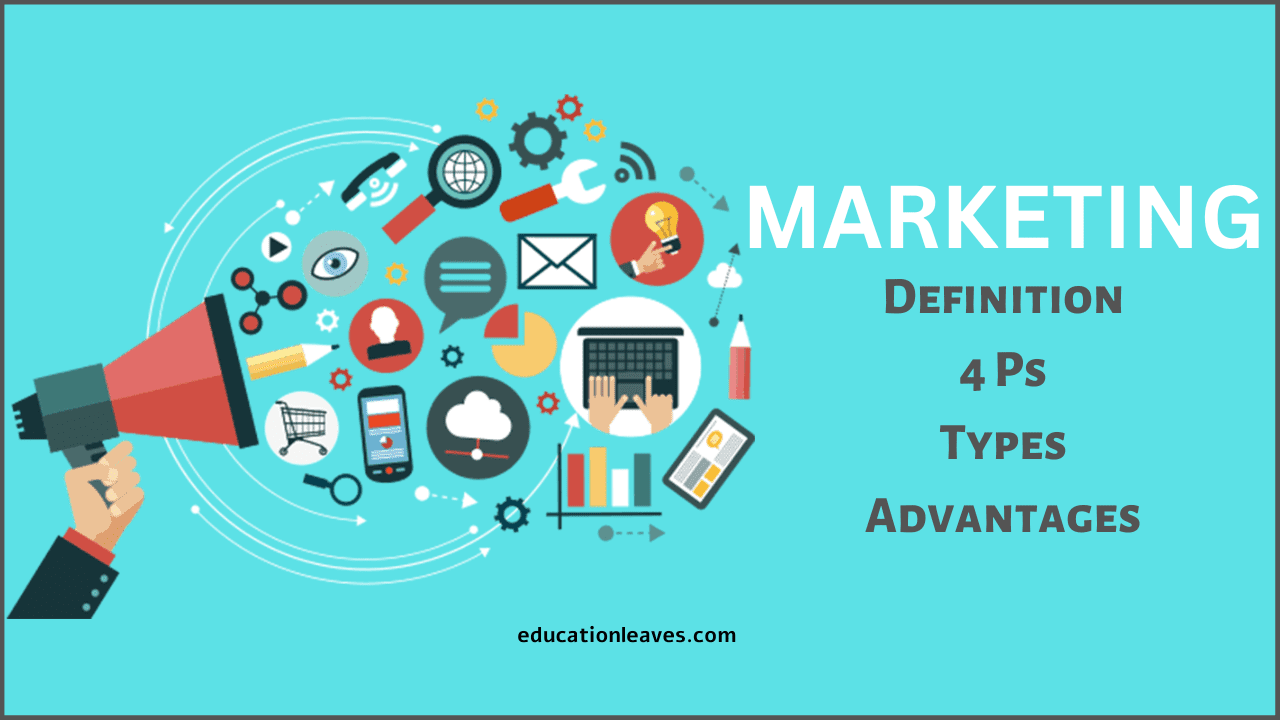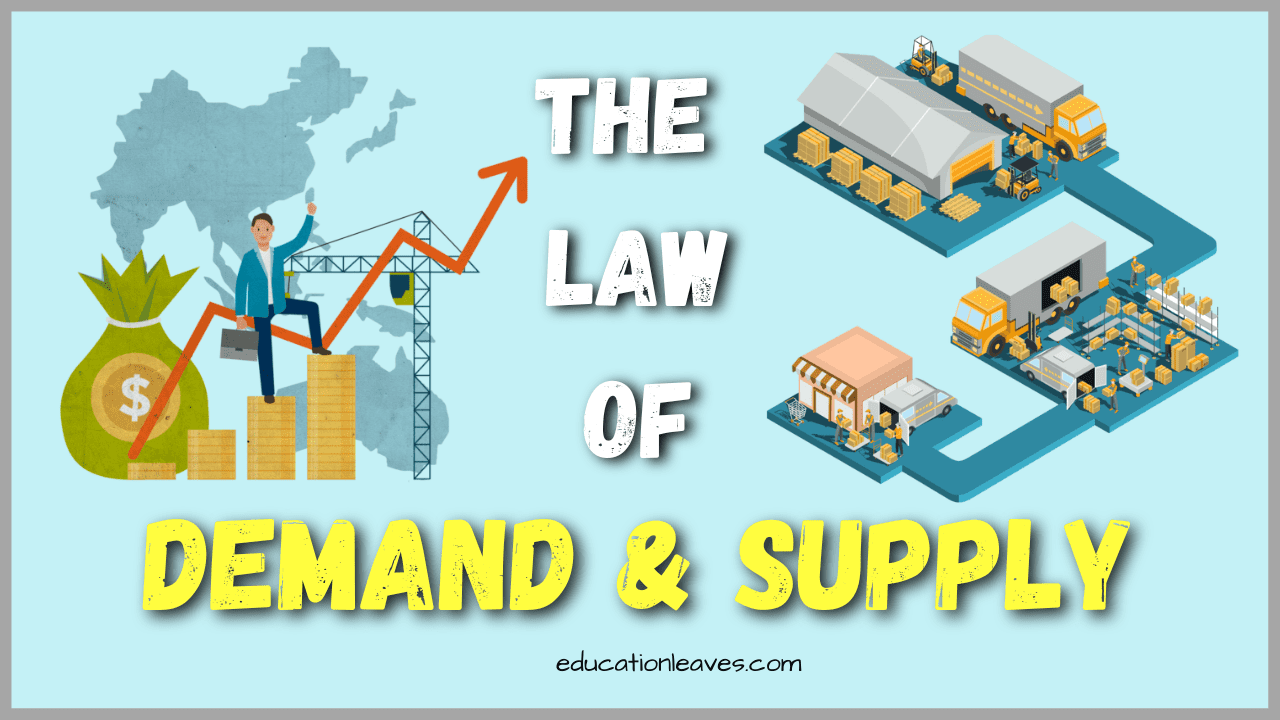What is marketing? [PDF Inside] Definitions, 4 Ps, Types, & Advantages of Marketing
Marketing is the process of getting consumers interested in your product or service. It involves researching, analyzing competitors, promoting, distributing as well as learning more about your customers to find new ways to get them excited and attract them with promises.










